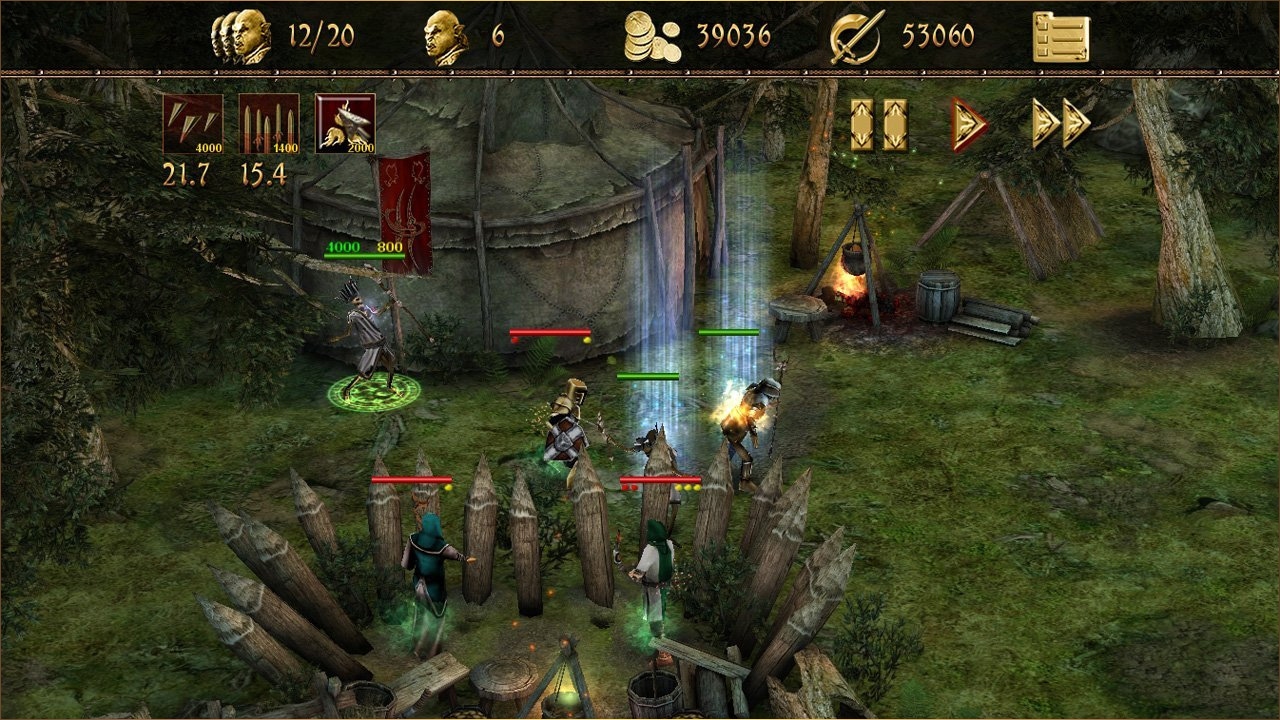

Another interesting moat is Caerlaverock Castle in Scotland. It made it tricky for anyone to burrow beneath the castle, or undermine the outer walls. A moat meant that attackers couldn’t get too close – so it was easier to pick them off with arrows. Imagine you were an archer standing on high: if there was someone at the foot of the castle directly below, it would have been too difficult to fire at them accurately. It also made it easier for archers in the castle to aim at on-comers. This prevented them from being able to use battering-rams, and made it harder to be accurate when flinging missiles. Firstly, it meant that attackers couldn’t get too close to the outer castle walls. The moat served a number of useful purposes. However, in Medieval times, everything would have smelled terrible – so the vile moat wouldn’t in itself have put off attackers! The moat surrounding formidable Caerphilly Castle in Wales. Incidentally, the water in the moat would have been truly disgusting – it was stagnant and all the waste from the castle toilets was tipped straight in. Many castles were surrounded by man made ditches which were then filled with water, and turned into moats. The design can be seen in Wales – a great example is Beaumaris Castle, pictured above. This new design had the strongest defences imaginable, and attackers were barely ever able to capture it. This photo is reproduced under the UK Open Government License.Įffectively it was ‘a castle in a castle’. As you can see, it would be very hard to capture.

Beaumaris Castle is a ‘concentric castle’ – walls within walls. This was a castle with two seperate layers of curtain walls, one inside the other. In Late Medieval times (around 1300s), there was a new innovation in castle building technique – the concentric castle. This method of construction gave the ‘core’ of the wall extra strength, and it helped it to withstand battering-rams and missiles. Usually, the centre of the wall was made of rough rocks and rubble, and the outer parts were made of gigantic stones, laid like modern-day bricks. This wall was the main layer of defence, and it tended to be incredibly strong – for example, the curtain wall of Caerphilly Castle in Wales was more than 2 metres (that’s more than 6ft) thick. As you might imagine, it’s called a ‘curtain’ because it covered everything within. The ‘curtain wall’ was the vast stone wall which wrapped around the outside of a castle. The concentric walls of Caerphilly Castle, Wales, would have been an incredible defensive advantage. Here are the different elements of castle defences which rendered some fortresses truly impregnable. Every element of their architecture was designed to make sure that the castle was as strong as it could be, and could hold out against sieges – which could sometimes last months. Medieval castles were built to be as defensive as possible. Within the castle, it’s easy to imagine archers firing arrows at the opposition, and residents of the castle pouring boiling oil onto attackers.Īlthough these images are a bit of an exaggeration, they hold some truth. We all visualise images of knights upon horses, charging at mighty grey stone castles.


 0 kommentar(er)
0 kommentar(er)
